Last week I explored Japanese avant-garde cinema at Barbican. JAEFF welcomed me in and I took my seat within the audience while the guest speakers prepared themselves, deciding which colour mic they wanted to use. All four of them are world-renowned experts in Japanese cinema, ready to discuss their field in-depth and highlight its current status, as well as unearth its roots. It was a pinnacle moment in the weekend, serving up invaluable insight and context to the festival’s exploration of Japanese new wave and avant-garde cinema.
Who was on the panel? Freelance writer Isolde Standish; gender and Japanese cinema scholar Jennifer Coates; lecturer in surrealism in Japanese art Jelena Stojkovic; and finally curator and academic Julian Ross. Following the festival’s themes of youth and protest, they addressed questions surrounding the legacy of cultural and social upheaval in Japan during the 1960s, as well as the thematic and stylistic influences from the Japanese avant-garde.
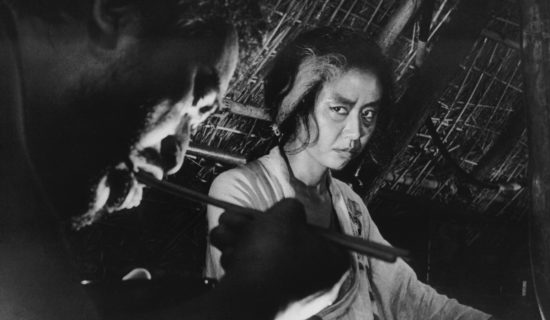
During the discussion, the avant-garde was criticised by the panelists. Stojkovic argued that it was unlikely that the filmmakers and protesters back then would have described what they were doing as avant-garde and still wouldn’t today. She also brought into question the term avant-garde itself – what is it really and what does it cover?
Similar criticism was made about the term, “new wave” and the reality that not many people in Japan during this time would have described what was going on as a new wave. Despite the phrases “avant-garde” and “new wave” being in the title of the festival and the talk itself, the speakers needed to begin by dissecting the main terminology in order to proceed comfortably with the discussion.
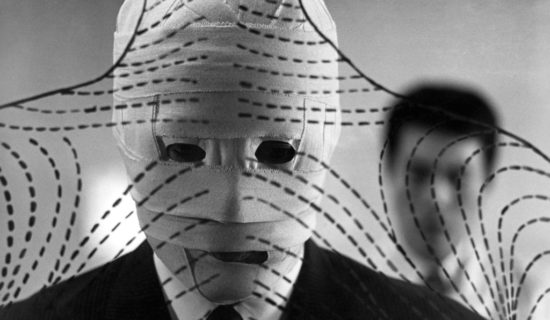
Stojkovic, first of all, suggested that “what united these filmmakers was a generational focus.” They came into adulthood during the end of World War II, which had a huge impact on the way they viewed the world around them. They grew up with one set of truths, which completely changed after the Americans came into Japan carrying ideals about democracy.
That generation became disillusioned with democracy. There was peace for a while, but it was soon overthrown. Then Japan supported the Americans in the Korean War, which many citizens were against. Protests were sparked and continued to take place against it. These policies underlined the politics of the time.
As a result, filmmaking was changing. Those currently in charge left and pre-war bosses came back. Films began to reflect Japan as the victim. This generational consciousness fed into making the audience think differently about what they were seeing. The France/Japan relationship also dates back to the war, Standish says. This new identity as a victim was stoked by this. Japanese films were taken up by French theorists and existentialism became very popular in Japan.
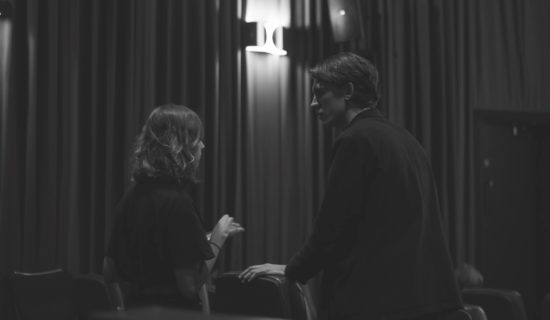
Protests were very active from the 1950s onwards. In 1955, women’s movements grew and in 1960 protests of all kinds were in full force. The students were against money being spent on wars. They couldn’t trust their universities and other establishments, because that’s where their money was going. Despite their regularity, many protests failed. At this time, the protest was very much a part of the discourse and conversation of Japan.
Following the rallies and protests, there was a huge desire for counter culture and rebellion. It’s difficult to compare to western culture. Stojkovic admits, “I want to say it’s the same everywhere, but we know it’s very different.” While the ‘swinging 60’s’ was going on in the USA and UK, something else was happening in Japan. That’s not to say that the ‘free love’ movement wasn’t a thing, but there were many other progressions that were more important. The protest was a big part of life. There was a strong hippy thread and everyone had similar concerns – whether in Japan or somewhere else – but there was more at stake for Japan.

Often, directors and artists creating this counter-culture did not come from Tokyo, but came to Tokyo with their ideas, bearing new inspirations from outside. These vernacular idiosyncrasies made Japan very interesting, culture-wise. The Japanese audiences were very fluid in what cinema they wanted to see. Some wanted popular films. Some wanted more avant-garde cinema. Often, people would behave similarly to how they saw actors behaving in the films, which is a testament to cinema’s power. People’s own behaviour is inspired by cinema. Nowadays, a lot of people go to the cinema to find out about student movements.
While many people were protesting, a lot of people felt that it was disruptive behaviour. Standish noted that the students were supported by much of the public during the movements. However, there were also those that lost interest in the movements. For example, Coates revealed that “Kyoto University Amateur Cinema Group was disrupted by the student movement.” The protests didn’t suit everyone.
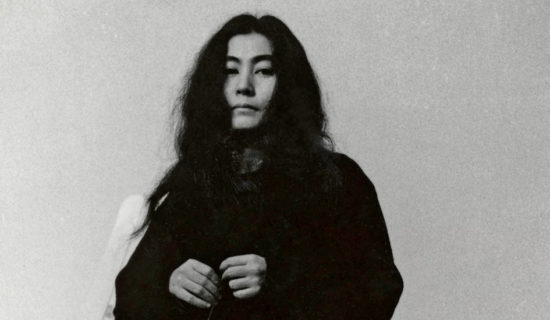
Stojkovic pointed out that within the arts, the ’60s was an incredibly powerful time. New people emerged on the scene. There were hitherto unseen cross-overs between mediums. She said that we tend to box them up, but that doing so is problematic. Stojkovic added that contemporary art emerged and solidified in the 1960s through the people and institutions that supported them. Education allowed for further reconfiguration in 1970s.
A general feeling throughout the arts was to take cinema out of the cinema space, mentioned Ross. Some groups took the streets as a stage. More media attention was attained this way. Often, the events were very ephemeral. Ross told us that cameras were essential in documenting these fleeting moments. The people documenting these events were filmmakers and artists themselves. This gave the performances an afterlife.
Ross added that these movements weren’t isolated. Many Japanese artists left for New York and became part of the underground cinema there. Yoko Ono was instrumental in bringing westerners to Japan. A network developed between Tokyo and New York.

It’s important to reconsider avant-garde as a term, Stojkovic urged. It’s not something you can take to different places around the world and switch it on and off and expect it to be the same. The avant-garde is interesting because it means a different thing in Japan. Coates argued that the new wave was commercialised and so maybe it no longer resonates with filmmakers. The term was being canonised, whereas these filmmakers were walking away from it all.
On this note, the conversation turned towards gender in cinema. If you go looking, there are women supporting the cinema, Coates verifies. She explains that the women behind the cameras are being heavily influenced by other women in the films. Coates confirms that there is now far more promotion of female voices in cinema globally, with many more female directors becoming highly successful within the industry. Most of the promotion however is coming from France and Netflix, not necessarily Japan.
Things are definitely changing, there is no doubt about it. She reminds us that up until the 1980’s women couldn’t even get a bank loan without their husbands signing. Female directors were definitely not a thing. Before the 1950’s women weren’t even allowed in art schools.
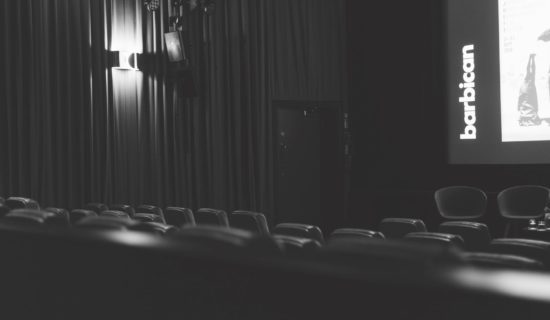
To round off the discussion, the panel talked about the role of critics, which were a huge driving force for filmmakers. Often, the filmmakers were writers themselves. The advice was given through feedback by critics that pushed the filmmakers to put certain things into their next project. The panel agreed that the role of the critic cannot be understated in the progress of Japanese cinema.
Now that the panel had discussed cinema in Japan during its post-war time of huge social change and upheaval, the audience was much better equipped to contextualise the film screening at JAEFF that weekend. Bad Boys (Hani, 1961) and Studio Sunrise (Aoki, 2017). were on after the talk. Though the topic is far larger than what was discussed by the panel that day, with elements like gender and Japan’s influences worldwide only being touched upon, the speakers provided a well-rounded introduction to the root of Japanese new wave cinema, if that really is what we should be calling it.








































